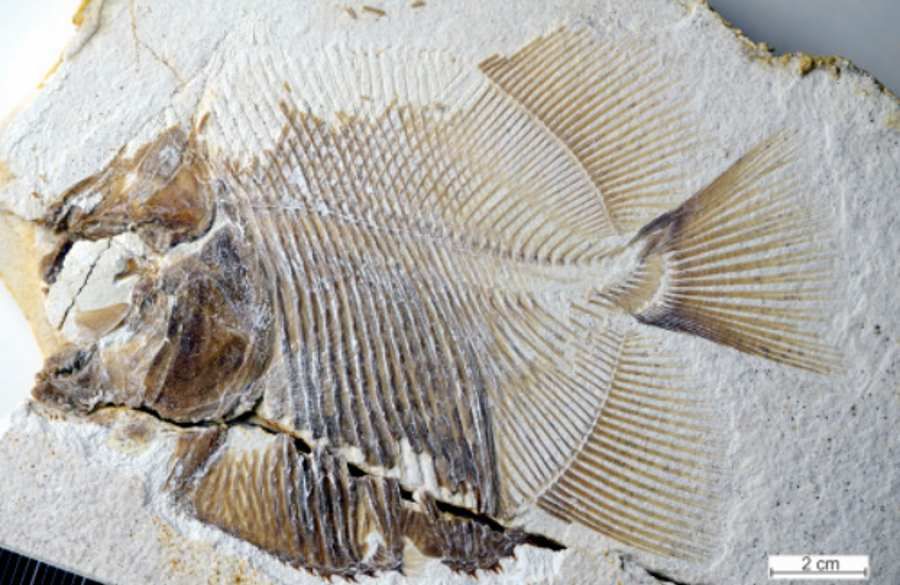A prehistoric relative of the piranha has been found
Fossilized remains of piranha relatives found at the Ettling quarry in the Solnhofen region of southern Germany in 2016. In the same limestone sediments were found r also their prey – Other fossilized fish remains that that bear bite marks and have numerous missing pieces of fins.
A new species of bony fish named Pirnhamesodon pinnatomus, had sharp, pointed teeth like those of piranhas. Researchers suggest that these fish used them in the same way as piranhas – stripping off chunks of flesh from other creatures.
The tactic of biting off a piece The behaviour of fins is similar to that of co of modern piranhas. – We got other fish from the same place with pieces of fins missing. This is an amazing correlation with the e also want to find out They feed mainly not the body, but the fins of other fish. It’s a smart move, because the fins grow back. By plucking the fins and leaving the whole fish alive you can have food for the future – said David Bellwood of James Cook University in Australia, co router of the study.
These fish swam in a shallow tropical sea dotted with numerous islands probably covered with rare vegetation, on which here exotic animals lived – scientists believe. – There were sponge reefs in this sea, as well as small coral reefs. There were a lot of species living in it in invertebrates but also many erratic fish and reptiles in the sea – said study leader Martina Kölbl-Ebert.
The results of the study were published in the „Current Biology”.
Careful study of the well-preserved fossil remains The scroll revealed long, pointed teeth growing not only inside the mouth, but also on the outside of the zar on the jaws of g rna, as well as the lower. In addition, these fish had teeth tr ith serrated cutting edges along the side of the jaws.
Wz r and the shape of the tooth , jaw morphology and mechanics suggest that this fish was well-equipped to bite off pieces of meat or the fins of other fish – researchers found. The scientists also acknowledged that the evidence they collected suggests that the fish may have used similar foraging patterns as wsp modern piranhas.
– We were stunned to discover that this fish has teeth similar to piranhas. But even more unusual was that it came from the Jurassic period. Fish as we know them from that time They simply did not bite off pieces of into the flesh of other fish. The sharks were able to bite off chunks of meat, but all the while the bony fish were either feeding on invertebrates or swallowing their prey whole. Fish biting off pieces of meat or fins was something that appeared much p later – explained Kölbl-Ebert.



